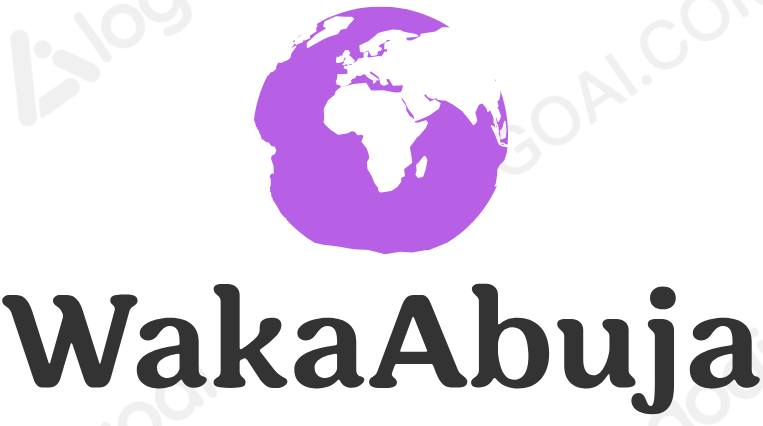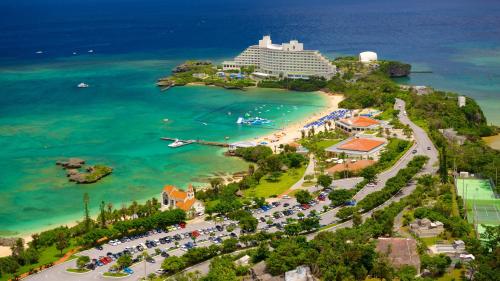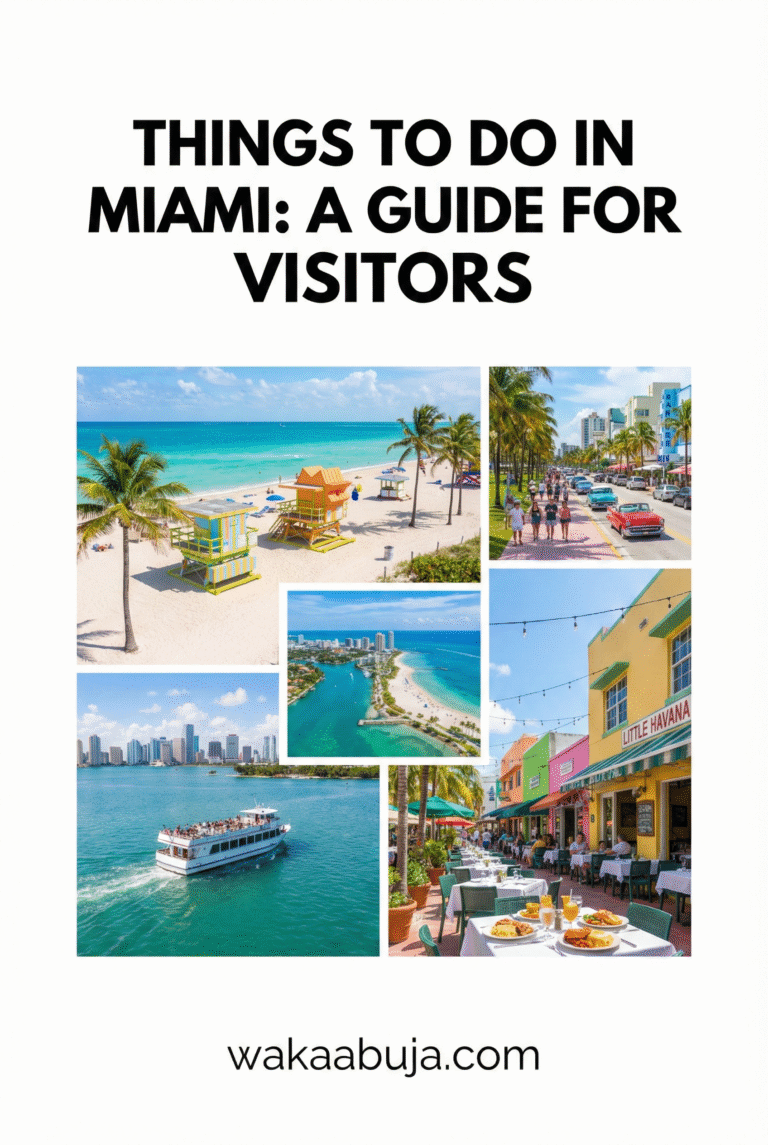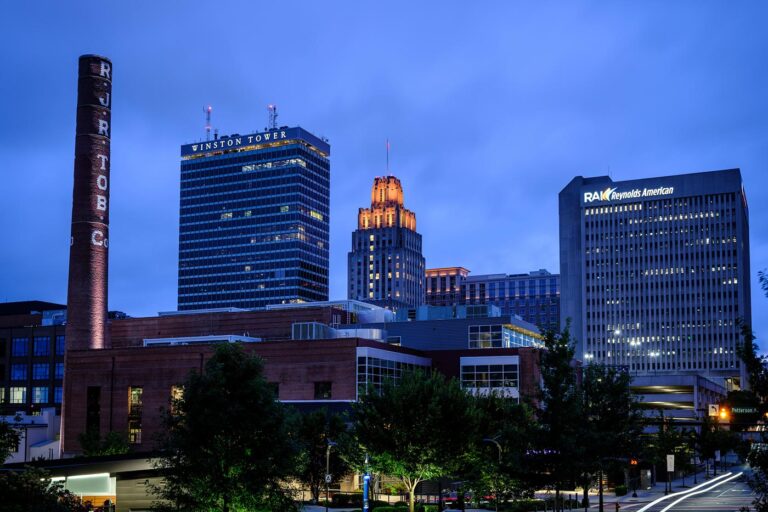Top Things to Do in Okinawa: A Tropical Island Escape—Your Ultimate Visitor’s Guide
Quick Okinawa Essentials
Okinawa, Japan’s tropical paradise, offers pristine beaches, rich Ryukyu culture, world-class diving, and unique local cuisine. Key highlights include Shurijo Castle, Okinawa Churaumi Aquarium, Blue Cave snorkeling, and island-hopping. Best visited between March and June or September and November for pleasant weather. Getting around is easiest by rental car.
Budget around ¥15,000–¥25,000 per day for mid-range travel. Stay safe by avoiding jellyfish season (summer) and following local guidelines. Dive into this guide for detailed tips, tours, and insider advice to make your Okinawa escape unforgettable.
Discover Okinawa: An Overview of Japan’s Tropical Island Paradise
Okinawa is a stunning archipelago of over 160 islands, with Okinawa Honto as the main island and Naha as its vibrant capital. Known for its subtropical climate, crystal-clear waters, and unique Ryukyu heritage, Okinawa blends natural beauty with rich cultural experiences.
Whether you’re a beach lover, history buff, foodie, or adventure seeker, Okinawa offers something extraordinary for every traveler.
Must-See Attractions & Experiences
Explore Shurijo Castle
Step back into Okinawa’s royal past at this UNESCO World Heritage Site. The castle, rebuilt after WWII, offers majestic views and cultural performances that showcase Okinawan dance and traditions. Arrive early to avoid crowds and fully immerse yourself in the Ryukyu Kingdom’s history.
Location: 1 Chome-2 Shurikinjocho, Naha, Okinawa 903-0815, Japan
Hours: Daily, 8:00 AM – 7:30 PM
Contact: +81 (0)98-886-2020
Okinawa Churaumi Aquarium
Home to one of the world’s largest aquarium tanks, this is a must-visit for families and marine enthusiasts. Marvel at whale sharks, manta rays, and vibrant coral reefs. Don’t miss the dolphin shows and interactive exhibits.
Location: 424 Ishikawa, Motobu, Okinawa 905-0206, Japan
Hours: Daily, 8:30 AM–6:30 PM (last entry 6:00 PM)
Contact: +81 (0)98-875-5288
Snorkel in the Blue Cave
Discover Okinawa’s vibrant marine life by snorkeling in the Blue Cave near Cape Maeda. The crystal-clear waters and stunning coral formations make this an unforgettable experience for beginners and pros alike.
Best Time: Morning for calm waters and best visibility
Tip: Book a guided tour to ensure safety and equipment rental.
Relax on Okinawa’s Beaches
From the popular Araha Beach to hidden gems like Katsuren Peninsula, Okinawa’s beaches offer powdery white sand and turquoise waters. Perfect for sunbathing, swimming, or water sports.
Top Picks: Nirai, Mibaru, Toguchi, Azama Sunsun Beach
Pro Tip: Rent snorkeling gear to explore vibrant reefs just offshore.
Discover Okinawa’s Cuisine at Makishi Public Market
Experience authentic Okinawan flavors with fresh seafood, Okinawa soba, tropical fruits, and local delicacies. The market buzzes with energy and is perfect for food lovers seeking a cultural taste adventure.
Location: 2 Chome-10-1 Matsuo, Naha, Okinawa 900-0014, Japan
Hike in Yambaru National Park
For nature lovers, Yambaru offers lush forests, rare wildlife, and scenic trails. It’s a refreshing break from beach activities and a chance to see Okinawa’s unique biodiversity.
Best For: Birdwatching, hiking, and eco-tours
How to Get Around Okinawa
Renting a car is by far the most convenient way to explore Okinawa, especially if you want to visit off-the-beaten-path beaches and islands. Public buses are available but limited in reach and frequency. Taxis are expensive for long distances, so plan accordingly.
Rental Car Tips: International driving permits are required. Book in advance during peak season. GPS with English language is recommended.
Where to Stay: Accommodation Recommendations
Okinawa offers a variety of accommodation options, from luxury resorts to cozy guesthouses. Popular areas include Naha city for urban convenience, Onna village for beach resorts, and Motobu for proximity to the aquarium.
Budget: Hostels start around ¥3,000/night, mid-range hotels ¥8,000–¥15,000/night, and luxury resorts upwards of ¥25,000/night.
Typical Costs & Suggested Budget
On average, expect to spend around ¥15,000 to ¥25,000 per day, including accommodation, meals, transport, and activities. Okinawa is slightly more affordable than mainland Japan, but prices rise during holidays.
Money-Saving Tips: Eat at local markets, use public transport where possible, and book tours early online for discounts.
Best Time to Visit Okinawa
The ideal months to visit are spring (March to June) and autumn (September to November), when the weather is pleasant and crowds are thinner. Avoid the peak typhoon season in late summer (July–August) and winter months when some attractions may close.
How to Get to Okinawa
Okinawa is accessible by direct flights from major Japanese cities like Tokyo, Osaka, and Fukuoka, as well as some international airports in Asia. Naha Airport is the main gateway.
Pro Tip: Book flights early for the best prices, especially during Golden Week and summer holidays.
Recommended Tours & Activities
Consider guided tours to maximize your experience.
Whale Watching (Jan-Mar)
Witness majestic humpback whales migrating from Alaska. Tours depart from Naha and Motobu.
Island Hopping
Explore the Kerama and Yaeyama islands for secluded beaches, snorkeling, and cultural immersion.
Cultural Workshops
Join pottery, weaving, or traditional dance classes to connect deeply with Okinawan heritage.
How Long Should You Stay?
To truly experience Okinawa’s diversity, I recommend a minimum of 5 to 7 days. This allows time for cultural sites, beach relaxation, and island excursions without rushing.
Safety Tips & Emergency Contacts
Okinawa is generally very safe, but keep these tips in mind:
- Avoid swimming during jellyfish season (July–September) or use protective suits.
- Respect local customs and natural habitats.
- Carry a copy of your passport and emergency contacts.
Emergency Numbers:
- Police: 110
- Ambulance/Fire: 119
- Tourist Information Naha: +81 (0)98-886-1555
Frequently Asked Questions
What is the best time of year to visit Okinawa?
Spring (March to June) and autumn (September to November) offer the best weather with mild temperatures and fewer tourists.
Is Okinawa safe for solo travelers?
Yes, Okinawa is very safe with friendly locals and low crime rates. Standard travel precautions apply.
Do I need a car to explore Okinawa?
While public transport exists, renting a car is highly recommended for flexibility and access to remote beaches and attractions.
What local foods should I try in Okinawa?
Don’t miss Okinawa soba, goya champuru (bitter melon stir-fry), fresh seafood, and tropical fruits like shikuwasa citrus.
Final Pro Tips from My Okinawa Travels
Book accommodations and rental cars early, especially in spring and autumn seasons. Always carry cash, as some local vendors don’t accept cards. Try to learn a few basic Japanese phrases—locals appreciate the effort. Finally, embrace the slower pace and warm hospitality that make Okinawa truly special.




